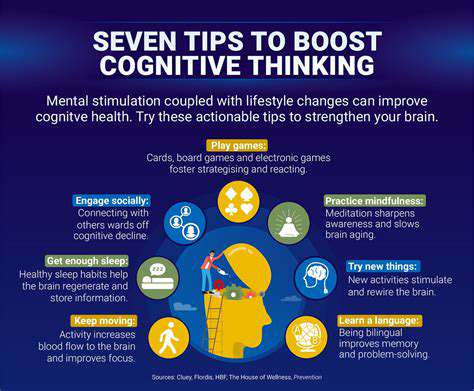Creating a Comfortable and Accessible Garden for Seniors
Ensuring Ample Light and Visibility
Sunlight Maximization for Optimal Plant Growth
Maximizing sunlight exposure is crucial for a thriving garden. Different plants have varying light requirements, so understanding these needs is essential for success. Careful planning of your garden layout, including the placement of plants and potential shade-casting structures, will determine how well each plant will thrive. Consider the direction of the sun throughout the day and the time of year to ensure your plants receive the optimal amount of sunlight they need to flourish.
Strategically placing plants that need more sun in areas that receive the most direct sunlight will ensure they receive the necessary energy for photosynthesis. Understanding the specific light requirements of each plant species will help you create a microclimate that supports their growth and yields the best possible results.
Strategic Placement of Lighting Fixtures
Properly placed lighting fixtures can significantly enhance visibility, especially during the evening hours when you're enjoying your garden. Consider the pathways you frequently use and the areas where you want to highlight specific plants or features. Using a variety of lighting options, such as spotlights, pathway lights, and string lights, creates a warm and inviting atmosphere, making your garden more accessible and enjoyable at night.
Solar-powered lights are an environmentally friendly option that offer a convenient way to illuminate your garden without adding to your energy bills. They are also very easy to install and maintain, making them a great choice for those who want to minimize their environmental footprint while maximizing their garden's aesthetic appeal.
Accessibility Considerations for Visual Impairments
Ensuring accessibility for individuals with visual impairments is a key aspect of creating a comfortable and safe garden environment. Clearly marked pathways with contrasting colors or textures, such as raised pavers, can help visually impaired individuals navigate the garden with ease. Using tactile markers to identify plants and features can also provide valuable information and encourage exploration.
Effective Use of Color Contrast for Navigation
Employing contrasting colors in your garden design can significantly improve visibility and accessibility, particularly for those with visual impairments. Using different colored mulch or paving stones can create clear pathways that are easy to follow. Painting garden structures or retaining walls in bright colors can also help visually impaired individuals locate these features more readily. Strategic use of color contrast can make your garden more accessible and welcoming to everyone.
Illuminating Pathways and Garden Features
Well-lit pathways are essential for both safety and enjoyment, especially at night. Using strategically placed pathway lights will guide your guests and family members through the garden safely. Highlighting interesting garden features, like sculptures or water features, with spotlights can create focal points and enhance the overall visual appeal of your garden.
Installing motion-activated lights can improve security and reduce energy consumption by only activating lighting when needed. This is a practical and energy-efficient approach that improves safety while making your garden an inviting space, both day and night.
Importance of Clear Signage and Labels
Clear signage and labels are important for anyone navigating the garden, particularly those with visual impairments or those who are unfamiliar with the layout. Using large, easily readable signs to indicate pathways, features, and plant names can greatly improve the accessibility and usability of your garden. Placing Braille labels next to plant names provides an additional layer of accessibility, ensuring that everyone can appreciate the beauty and diversity of your garden.











